Gianluca Cerminara
Anomaly Detection With Conditional Variational Autoencoders
Oct 12, 2020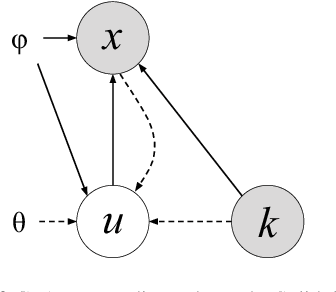

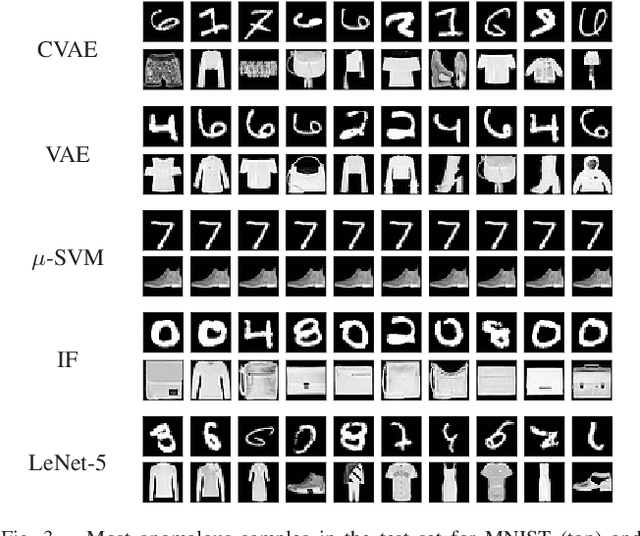

Abstract:Exploiting the rapid advances in probabilistic inference, in particular variational Bayes and variational autoencoders (VAEs), for anomaly detection (AD) tasks remains an open research question. Previous works argued that training VAE models only with inliers is insufficient and the framework should be significantly modified in order to discriminate the anomalous instances. In this work, we exploit the deep conditional variational autoencoder (CVAE) and we define an original loss function together with a metric that targets hierarchically structured data AD. Our motivating application is a real world problem: monitoring the trigger system which is a basic component of many particle physics experiments at the CERN Large Hadron Collider (LHC). In the experiments we show the superior performance of this method for classical machine learning (ML) benchmarks and for our application.
Distance-Weighted Graph Neural Networks on FPGAs for Real-Time Particle Reconstruction in High Energy Physics
Aug 08, 2020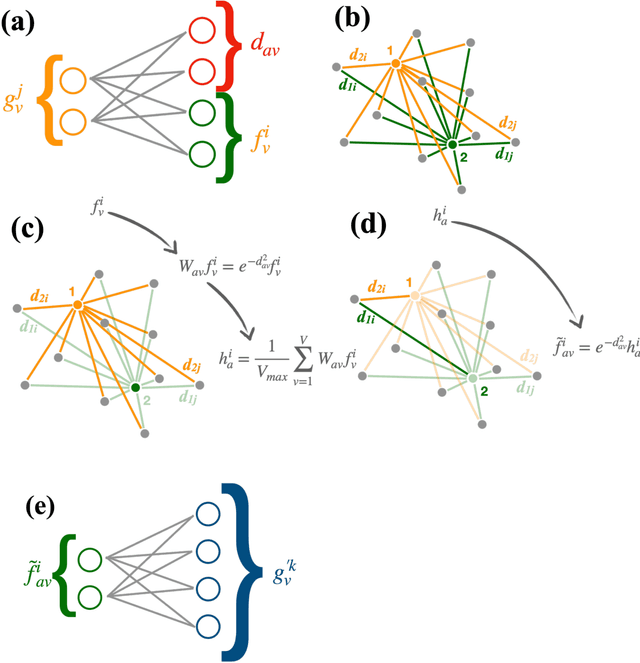

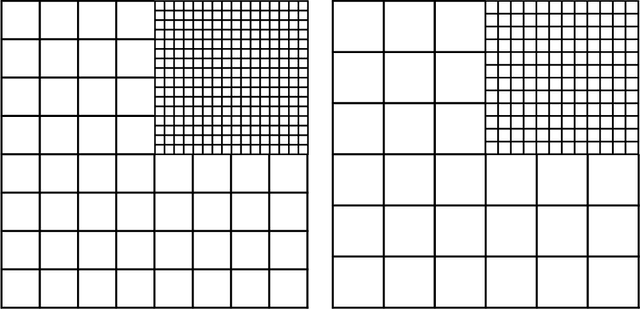
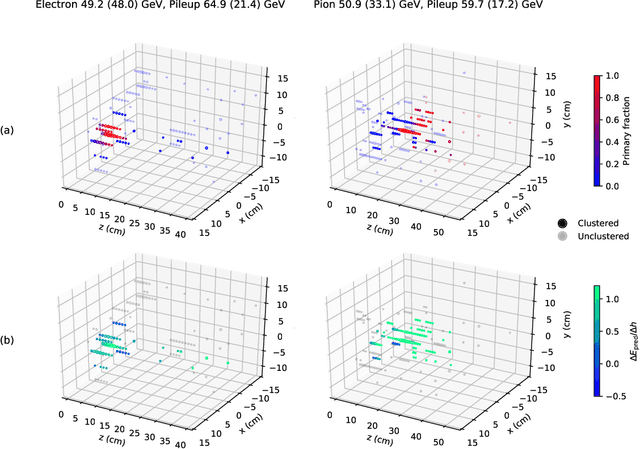
Abstract:Graph neural networks have been shown to achieve excellent performance for several crucial tasks in particle physics, such as charged particle tracking, jet tagging, and clustering. An important domain for the application of these networks is the FGPA-based first layer of real-time data filtering at the CERN Large Hadron Collider, which has strict latency and resource constraints. We discuss how to design distance-weighted graph networks that can be executed with a latency of less than 1$\mu\mathrm{s}$ on an FPGA. To do so, we consider a representative task associated to particle reconstruction and identification in a next-generation calorimeter operating at a particle collider. We use a graph network architecture developed for such purposes, and apply additional simplifications to match the computing constraints of Level-1 trigger systems, including weight quantization. Using the $\mathtt{hls4ml}$ library, we convert the compressed models into firmware to be implemented on an FPGA. Performance of the synthesized models is presented both in terms of inference accuracy and resource usage.
Detector monitoring with artificial neural networks at the CMS experiment at the CERN Large Hadron Collider
Jul 27, 2018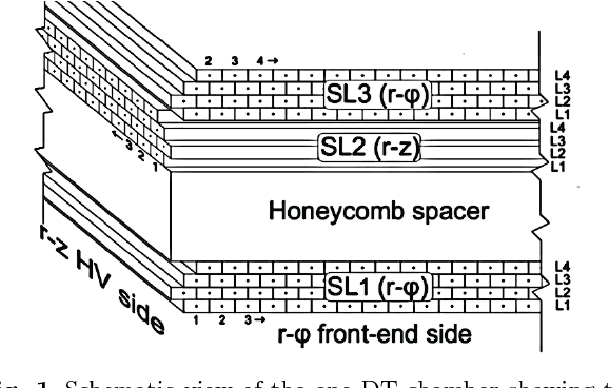
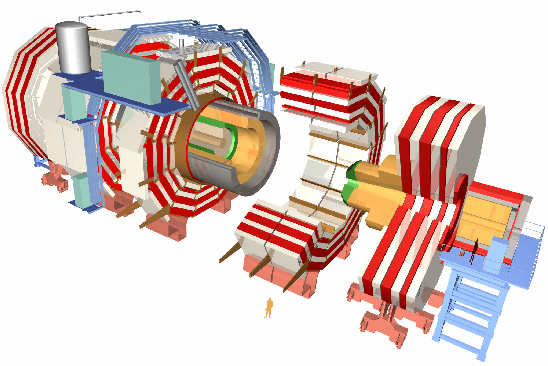
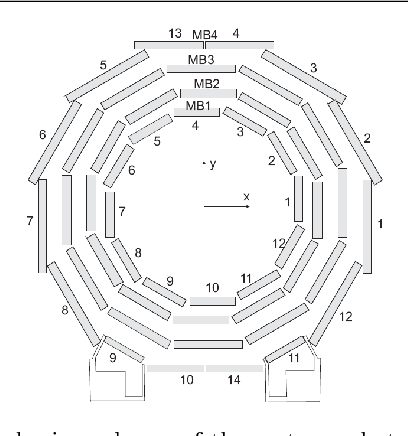
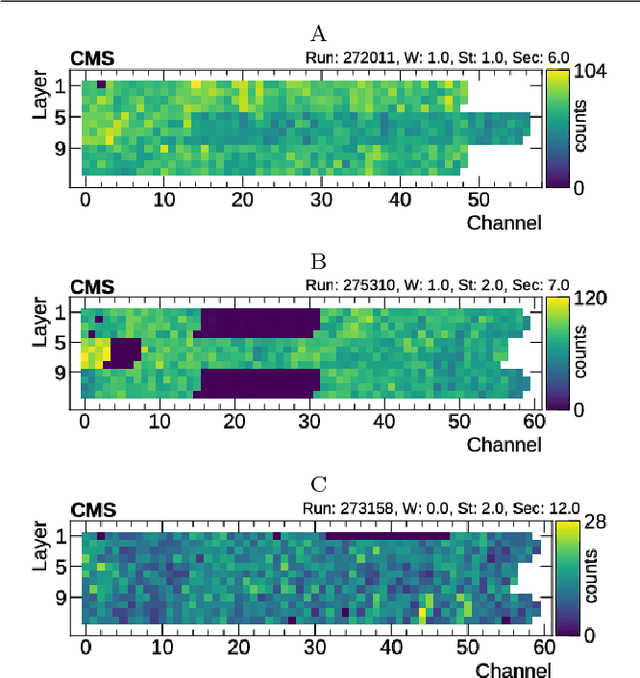
Abstract:Reliable data quality monitoring is a key asset in delivering collision data suitable for physics analysis in any modern large-scale High Energy Physics experiment. This paper focuses on the use of artificial neural networks for supervised and semi-supervised problems related to the identification of anomalies in the data collected by the CMS muon detectors. We use deep neural networks to analyze LHC collision data, represented as images organized geographically. We train a classifier capable of detecting the known anomalous behaviors with unprecedented efficiency and explore the usage of convolutional autoencoders to extend anomaly detection capabilities to unforeseen failure modes. A generalization of this strategy could pave the way to the automation of the data quality assessment process for present and future high-energy physics experiments.
 Add to Chrome
Add to Chrome Add to Firefox
Add to Firefox Add to Edge
Add to Edge